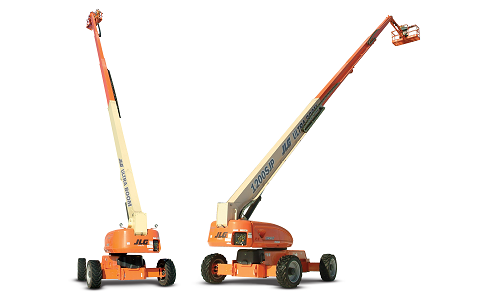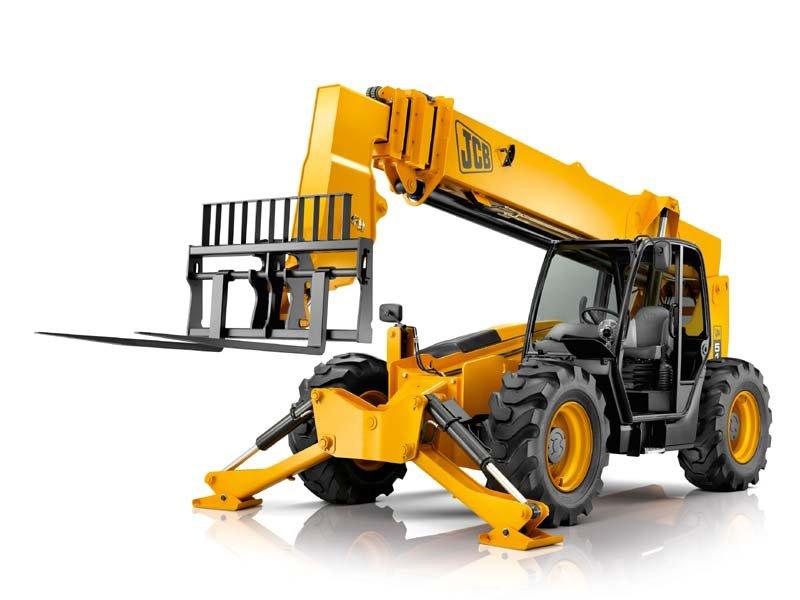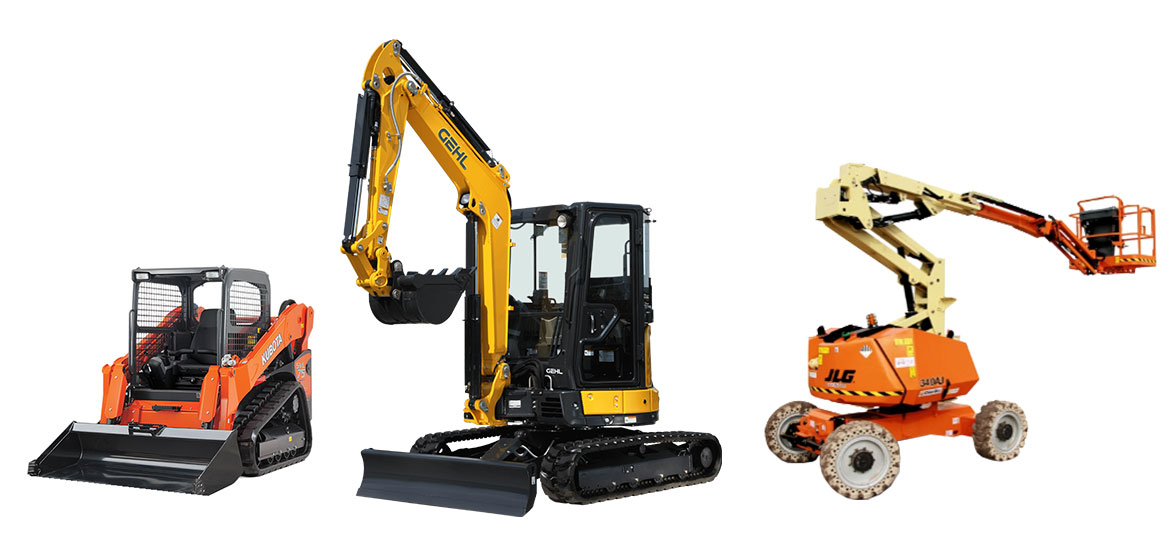Heavy Equipment Rental: Big Machinery for Any Type Of Construction Project
Heavy Equipment Rental: Big Machinery for Any Type Of Construction Project
Blog Article
Optimize Your Budget Plan by Comprehending the Costs Related To Building And Construction Devices Rentals
Recognizing the full range of expenses linked with construction devices services is essential for optimizing your spending plan. What strategies can be utilized to properly manage these costs and make sure an extra reliable rental experience?
Review of Rental Expenses
When thinking about construction tools leasings, understanding the linked prices is vital for effective budgeting and job planning. Rental expenses can differ substantially based on a number of factors, consisting of tools type, period of rental, and place. The preliminary rental cost typically mirrors the equipment's market need and its associated operational capacities, influencing the general expenditure.
In addition to the base rental price, secondary costs might emerge, such as transportation charges, gas surcharges, and maintenance costs. It is necessary to represent these added expenses to precisely analyze the total cost of leasing tools. Moreover, the rental period can influence rates; longer rentals may get approved for affordable prices, while short-term rentals may incur greater day-to-day costs.

Breakdown of Rental Prices
A comprehensive understanding of rental prices is essential for contractors and task supervisors intending to enhance their budget plans. Rental rates for construction tools commonly contain a number of elements, including base prices, time-based costs, and usage fees.
Base prices are the core costs related to the rental of the equipment, usually figured out by the type and size of the equipment. These prices can differ considerably, affected by elements such as equipment need, accessibility, and regional market fads. Time-based fees, which might be daily, weekly, or monthly, offer to accommodate various job timelines and rental durations.
In addition, rental rates might include use charges, which are applicable when tools is used past a defined threshold, making sure that the rental company can make up deterioration. Seasonal need changes can also impact rental rates, with peak building seasons normally commanding greater rates.
Additionally, understanding the rental business's plans concerning upkeep and insurance can give further understanding right into the overall price structure. By assessing these elements, specialists can make educated decisions, making sure the option of rental devices straightens with both project requirements and budget restrictions.
Additional Charges to Take Into Consideration
Understanding the intricacies of additional charges is critical for service providers to handle their overall service expenses successfully. Past the basic rental rates, various supplemental fees can substantially affect the complete cost of tools service. These fees typically include shipment and pickup costs, which can vary based on range and logistics associated with transporting the tools to and from the work website.
In addition, some rental firms may impose gas additional charges if the equipment is returned with less gas than when leased. It is also necessary to recognize prospective cleansing charges, particularly for specialized devices that requires thorough maintenance after use.

Thoroughly evaluating the rental contract and making clear these additional costs ahead of time can aid contractors prevent unanticipated expenses and make certain that spending plans stay intact throughout the project lifecycle.
Upkeep and Fixing Costs
Regular repair and maintenance expenditures are typically ignored variables that can substantially affect the overall cost of building and construction devices rentals. When renting tools, it is important to take into consideration not just the rental charges however additionally the possible prices related to keeping the machinery in optimal operating problem.
Numerous rental firms include standard maintenance as component of the rental contract; nevertheless, a lot more comprehensive repair services or unforeseen malfunctions can result in additional expenses. It's important to assess the rental agreement meticulously to comprehend what upkeep solutions are covered and what duties drop on the occupant.
Moreover, tools that is not well-kept can cause inefficiencies at work site, possibly increasing and causing hold-ups project useful site costs. To minimize these risks, it is a good idea to conduct normal assessments and preserve open interaction his explanation with the rental supplier pertaining to any kind of problems that emerge throughout usage.
Insurance Policy and Responsibility Costs
Insurance coverage and liability costs are crucial parts that can considerably influence the total expense of building and construction equipment leasings (heavy equipment rental). These prices ensure that both the rental business and the customer are safeguarded from possible economic losses occurring from mishaps, damage, or theft during the rental duration

Additionally, clients ought to recognize any type click to investigate of deductibles or exclusions in the insurance coverage plan, as these can influence prospective out-of-pocket expenses. Understanding the conditions of any type of insurance coverage is vital to prevent unanticipated costs. Ultimately, budgeting for insurance and liability expenses can aid ensure a smoother rental experience and shield versus economic threats connected with building and construction tasks.
Final Thought
Finally, an extensive understanding of the prices connected with building and construction tools rentals is essential for reliable budget management. By analyzing rental rates, added costs, maintenance costs, and insurance coverage organizations, individuals and demands can lessen unforeseen expenses. This critical strategy not just boosts cost-effectiveness yet additionally makes certain that tasks proceed efficiently and successfully. Inevitably, educated decision-making pertaining to tools leasings contributes to the general success of construction endeavors.
Rental expenses can vary substantially based on several variables, consisting of devices type, period of leasing, and location (boom lift rental). The rental duration can affect pricing; longer services may certify for reduced prices, while temporary rentals could incur greater daily costs
By carrying out comprehensive research and involving with credible rental companies, service providers can successfully navigate the complexities of rental rates, eventually optimizing their monetary sources.
Beyond the common rental rates, different supplementary fees can significantly affect the complete cost of devices rental. Rental business usually offer responsibility insurance that covers injuries to third events or damage to residential property, while equipment damage insurance coverage can cover the price of repair work or substitute if the rented out equipment is damaged.
Report this page